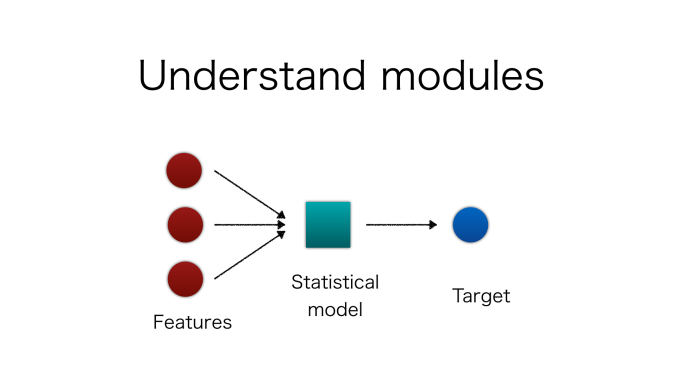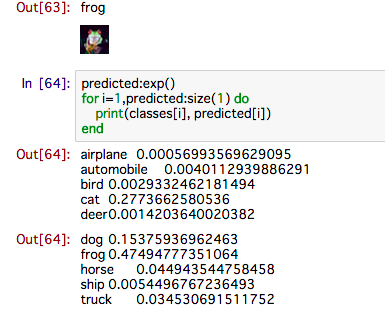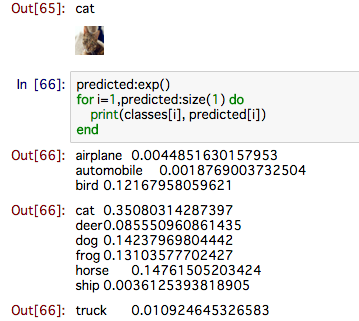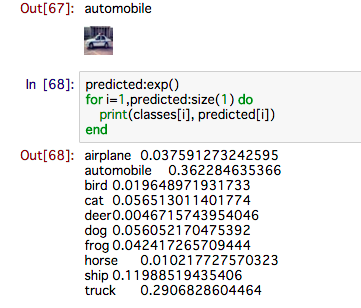Last Sunday, my son came to Kuala Lumpur as he has summer vacation now. So I brought him to the movie theater. I chose “Mission: Impossible – Rogue Nation” to entertain him. In the movie, Tom cruise is very active. I cannot believe he is older than I am! My son and I could enjoy the movie very much, as his action is amazing.
Then I am wondering how we can create good movies. Every year, many movies are created, but few of them can stay in people’s mind in the long term. Let me consider it here for a while.
1. How can we define what good movies are?
There are many measures to evaluate movies. Critics can assess the quality of movies. But I would like to make it simple. Number of customers who watch the movie or the amount of sales revenue such as “Box office“of the movie can be used as a measure of “good movie” as it is easy to collect and measure. So the more people watch the movie, the better it is according to our definition of “good movies”.
2. Let us consider something related to the number of customers or sales revenue.
A lot of things relate to them. Like Mission:Impossible, actors and actresses are very important. The director is also important. In addition to that, where is it created? Is it an action movie or a love story or a thriller?, and so on. They may be closely related to the number of customers or sales revenue of the movie. So the data about something related to the number of customers or sales revenue in the past should be collected.
3. How can we obtain predictions of the number of customers or sales revenue of the unseen movie in advance?
Could you remember the last week’s letter about “Target” and “Features”? “Target” is something that we want to predict and “Features” are something that are related to “Target”. Predictions of “Target” can be obtained by inputting “features” into “Statistical model”. I would like to call this unit “module”. I summarize it as follows.
According to our definition of “good movies”, Target is the number of customers or sales revenue of the movie. Features are actors and actress, category of the story, locations where the movie was taken, and so on. So these features are input to statistical models to obtain predictions of target for unseen movies. Based on this analysis, we could predict the sales of movies before they are seen in theaters. It means that good movies could be created based on this prediction. When this prediction is accurate, film production companies might increase sales revenue because they can create good movies based on predictions of Targets. But in reality, we should prepare a lot of data to predict them accurately. In additions to that, customer preference might be changed suddenly, however, it is very difficult to update the statistical models in advance to follow such changes. Therefore, there is a risk where statistical models can not follow circumstance changes in a timely manner.
It should be noted that more features will be available as computers will understand videos or movies. Now the technology 1is in progress. It will enable computers to turn videos into texts. For example, when there is a scene where the swan is on the lake, computers understand the video and make sentences that explain the scene automatically. It means that whole part of the movie can be transformed into texts without human intervention. So movies will be analyzed based on their stories. More features can be identified in the results of this analysis. When new kinds of data are available to us, it may enable us to obtain more features and improve accuracy of predictions. Would you likely to make your own movie in future?
Source
1. A picture is worth a thousand (coherent) words:building a natural description of images, 17 Nov 2014, Google Research
http://googleresearch.blogspot.co.uk/2014/11/a-picture-is-worth-thousand-coherent.html
Note: Toshifumi Kuga’s opinions and analyses are personal views and are intended to be for informational purposes and general interest only and should not be construed as individual investment advice or solicitation to buy, sell or hold any security or to adopt any investment strategy. The information in this article is rendered as at publication date and may change without notice and it is not intended as a complete analysis of every material fact regarding any country, region market or investment.
Data from third-party sources may have been used in the preparation of this material and I, Author of the article has not independently verified, validated such data. I accept no liability whatsoever for any loss arising from the use of this information and relies upon the comments, opinions and analyses in the material is at the sole discretion of the user.







